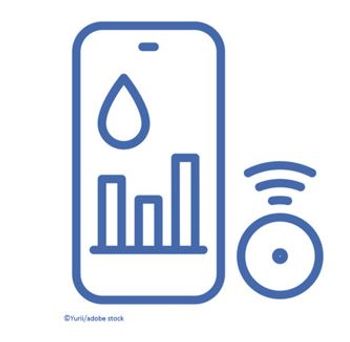
Are Expensive Diabetes Drugs Worth It?
The good news is that a few diabetes drugs now show valid cardioprotective benefits; the bad news is the drugs are unaffordable for many.
Jardiance and Victoza improve hard outcomes, but at a hefty cost
With the availability of new treatment options for type 2 diabetes, new questions are being asked about cost and effectiveness.
Following
But an analysis of the fine print reveals that there is a relatively high number needed to treat for the drugs, both of which aren't cheap. According to
A spokesperson for GoodRx said these figures come from taking the lowest price available at each U.S. pharmacy -- a total of about 75,000 prices -- and from that they take the 25th percentile to calculate their "fair price," or what consumers should be capable of getting if they're conscientious about pricing. This method, repeated every 2 weeks, excludes online and membership prices (from programs at CVS or Rite Aid, for example).
The number of patients who would need to be treated with liraglutide, a glucagon-like peptide 1 (GLP-1) receptor agonist, to prevent one coronary event over a 3-year period was found to be 66, while the number to treat to prevent one death was 98. Empagliflozin, a sodium glucose cotransporter 2 (SGLT-2) inhibitor,
"It's a challenge to push these drugs in the absence of adequate insurance coverage,"
Insurance companies sometimes cover these drugs in part or in full in the U.S., but
"And don't forget the 9.5% still without insurance despite the Affordable Care Act," he added in an email to MedPage Today. "So in actuality there are many who pay the list prices."
He added that physicians should be aware that many Americans might not pay for a drug if it is too expensive, and
"At the end of the day, I guess the question we need to answer ('we' being society, not physicians) is how much are we willing to pay for a drug that either lowers glucose, lowers weight, lowers blood pressure, etc?" he asked. "And what should we be willing to pay for a drug that gives us a number needed to treat of 38, or 98?"
He also said there are still questions about whether the effects that the drugs have are class effects, and could thus be seen with treatment from other SGLT-2 and GLP-1 drugs. France, Germany, Canada, and Great Britain "refuse these high costs" so the overall cost to society is less, he added, even though "the number needed to treat for a Brit is no different than an American."
"Our patients pay very high prices for their medical insurance, and diabetes is not a rare disease," he wrote. He added that it's useful to differentiate cost from cost-effectiveness, since insurance companies often pay for expensive procedures like dialysis but refuse to pay for the medications that might help to prevent those complications.
He added that liraglutide and empagliflozin have other benefits, including weight loss, that can help patients, so it might make sense to favor those drugs over older ones. "But being unable to treat a common disease because of price in the United States of America is pathetic," he wrote.
This article was first published on
Newsletter
Enhance your clinical practice with the Patient Care newsletter, offering the latest evidence-based guidelines, diagnostic insights, and treatment strategies for primary care physicians.

















































































































































































































































































